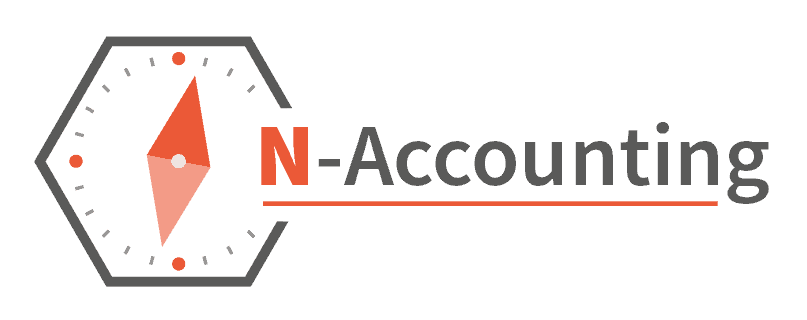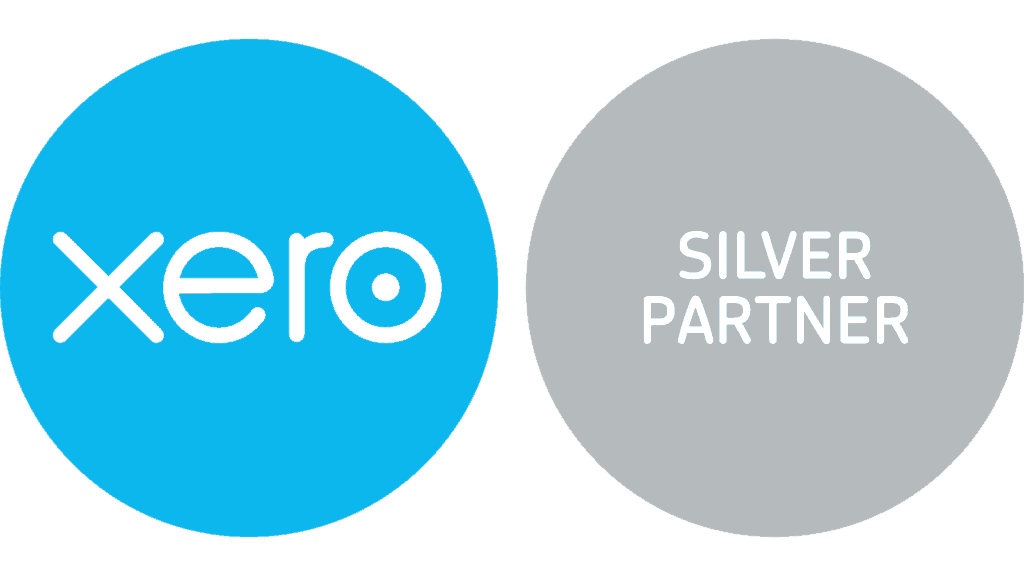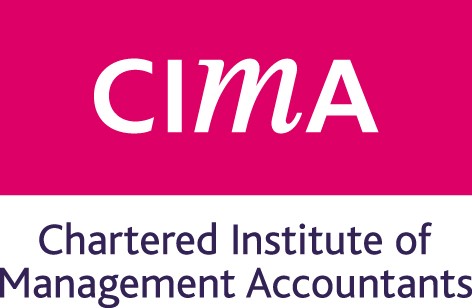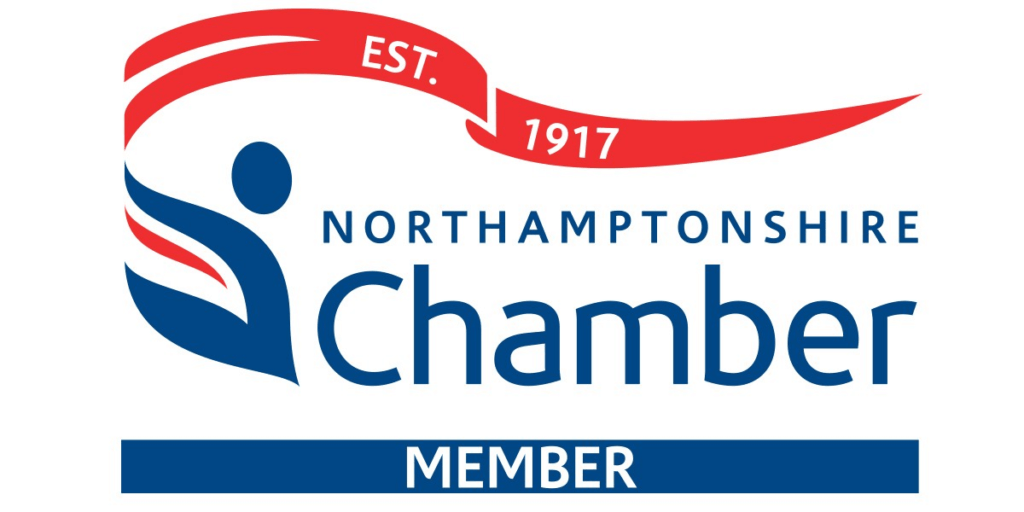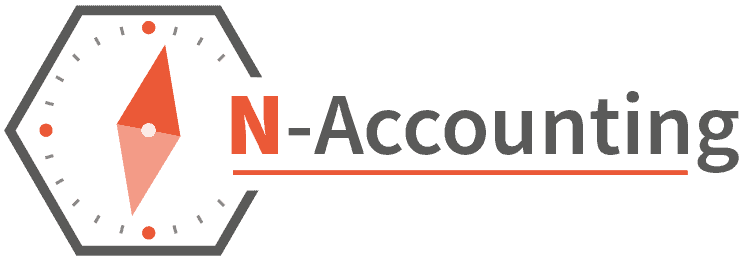Understanding whether a cost in a business is fixed or moves with the amount of sales you make can be the first step in effectively controlling it and making sure your customers are paying the right amount for the services and goods you provide, this article looks at the different types of costs and levels of margin.
Direct Costs & Overheads
Direct Costs change and are directly related to the amount of product or services you sell, this could be stock, flexible labour or even postage, while overheads are generally fixed like rent or broadband and will have to be paid regardless of how much money the business makes.
If in doubt ask the question “if I didn’t sell anything tomorrow would I still have this cost?” and it should guide you.
Gross Margin
This is the margin you make once you deduct your direct costs from your sales and gives you an idea of how much money you have made to cover your overheads.
This margin would always be positive unless you were selling something for less than it was worth or you had significant stock wastage, theft or other performance issues, gross margin is also sometimes known as “contribution”.
It is often considered when making day to day operational decisions like promotional activity and negotiating prices with suppliers.
Net Margin
Net margin is your total profit made from your business and includes both your direct costs and your overheads, this is generally the figure you will be taxed on and also the amount that you can take home will be based on.
This is often a key consideration when making long-term strategic decisions about the business and any opportunities or risks.
Cash flow
It’s important to remember that cash and profit are very different things and a common trap small business owners stumble into is taking money out of the business based on how much they have in their bank accounts.
In reality, a business will always need to have a minimum amount in their bank to cover things like tax bills, bad debt and other one-off costs that can come up, which is why an owners drawings should always be based on profit after tax, assuming their isn’t a delay in getting paid from their customers.
Margin vs. Mark-up
The difference between a margin and a markup might seem obvious but it’s important to understand the terminology so there isn’t any confusion especially when dealing with suppliers, let’s use 20% as an example with costs of £100.
Marking-up is where you take your purchase cost of £100 and add 20% to reach your selling price: £100 x 120% = £120
Making a margin is where 20% of your total sales price needs to be profit and 80% needs to be the cost: £100 ÷ 80% = £125
As you can see the latter gives a selling price and profit figure that is £5 higher.
Understanding your profitability can really help you understand what parts of your business contribute to the bottom line and find ways to streamline them in order to improve how much you earn.
Thanks for reading our guide on margins, as accountants based in Northampton we help our clients understand how much profit they are making and the best way to improve their pricing, if you’re interested in finding out what it’s like to work with us then please get in touch.
